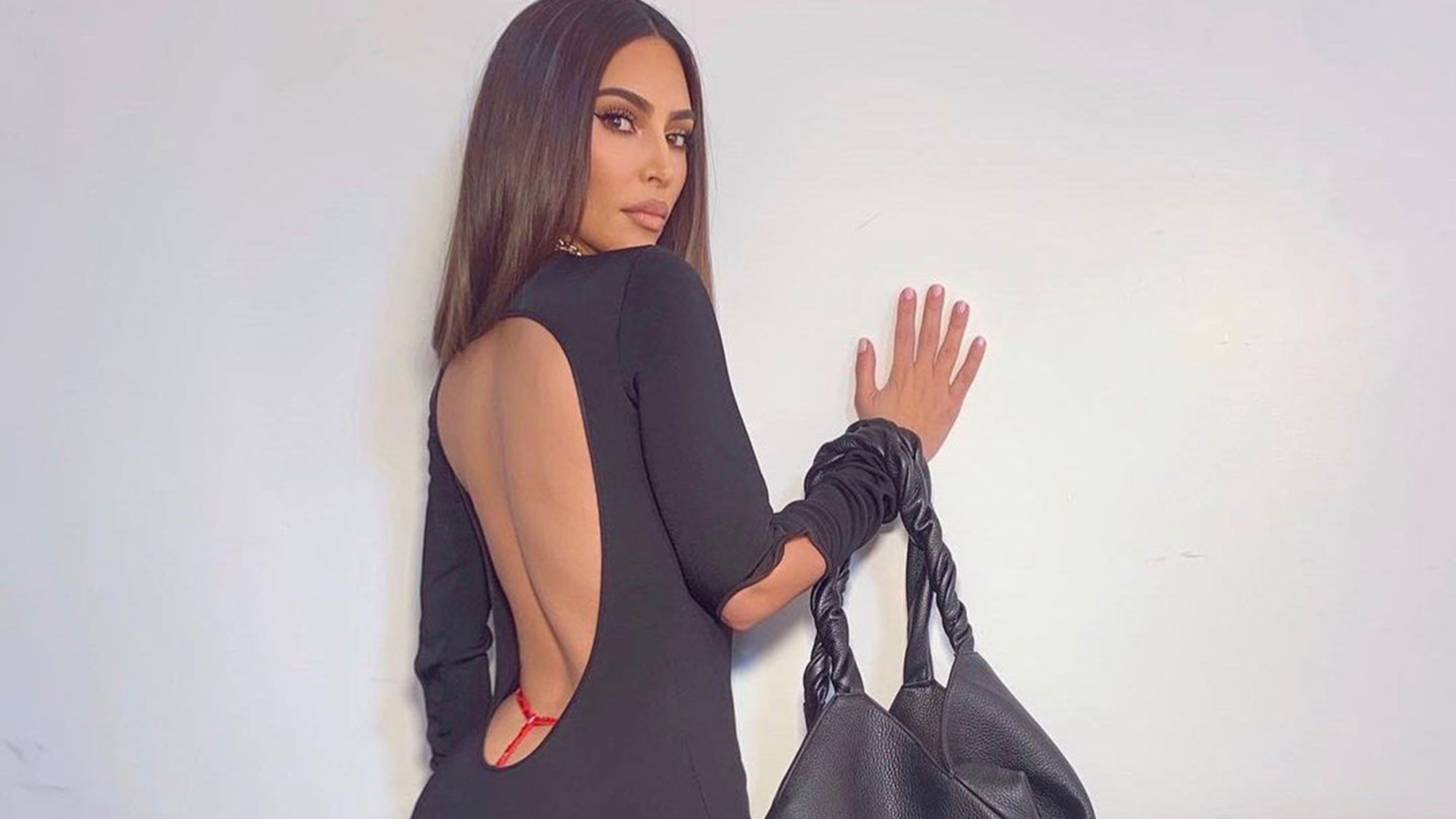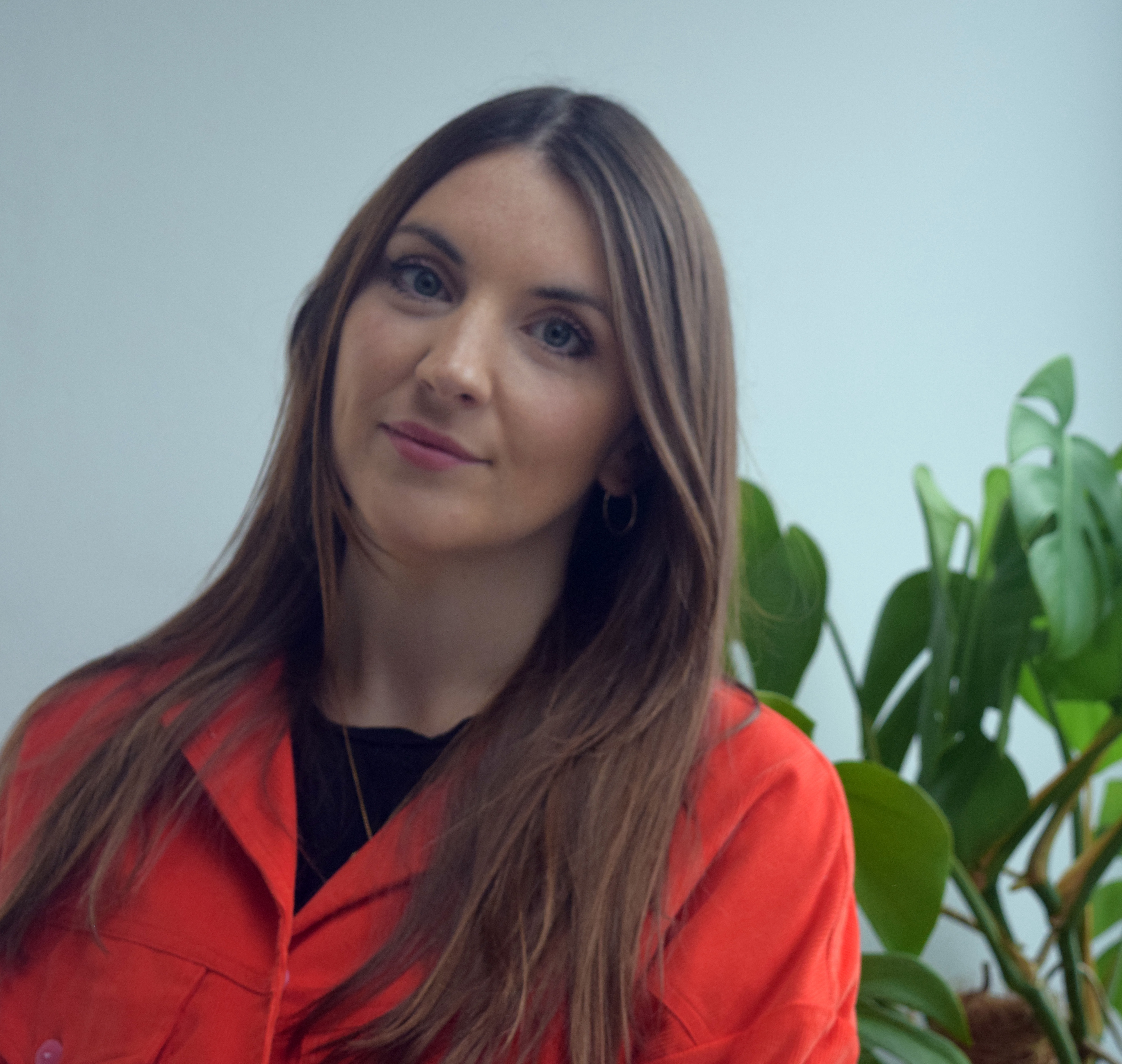New study finds that, although body ideals are changing, women still feel pressure to look a certain way
Unrealistic and unattainable standards are continuing to have a negative impact on women’s self-esteem.


Unrealistic and unattainable standards are continuing to have a negative impact on women’s self-esteem.
It seems every generation sets a new unobtainable beauty ideal. Take the nineties and noughties, for example, where women were under immense pressure to be of a slimmer build, like Kate Moss.
In more recent years, societal expectations have shifted, with more hourglass shapes like that of Kylie Jenner taking centre stage.
Noticing this changing shift in attitudes, academics at York University in Toronto, Canada, decided to investigate how different beauty ideals are impacting the way women feel about their own body image and, in turn, self love.
In the study, researchers showed female undergraduates photos of three different body types: “slim-thick”, “thin”, and “fit”. The participants were then asked to compare themselves to the photos and share their feelings on how the body types made them feel.

The “slim-thick” or hourglass body ideal was characterised by “a large butt and thighs, with a small waist and flat stomach”. A “thin” figure was classified as someone with a slender shape, flat stomach, and small waist, while the “fit” body type represented toned and athletic female physiques.
The results? All three idealised body types increased participants' dissatisfaction with their own weight and appearance, and decreased their overall body satisfaction. However, the researchers found that women experienced more dissatisfaction towards their weight and appearance when comparing themselves to the "slim-thick" photos.
Celebrity news, beauty, fashion advice, and fascinating features, delivered straight to your inbox!

In short, the shift towards the hourglass beauty ideal might be making women even more self-conscious about their appearance, and is far more subtle and unspoken than the overt body standards of the early noughties.
“Cultural trends in Western media have recently shifted towards a curvier body type,” wrote Sarah McComb and Jennifer Mills, the two researchers conducting the study. Heavier models may actually be the most harmful type of body-ideal to women’s body image based on the current findings.”
This indicates that although we feel like we're moving away from ideal body standards, in reality, they've just changed shape and taken a more subtle form. Women still find this current body ideal unattainable - and, it likely doesn't help that celebrities with this figure swear they've had no plastic surgery to achieve said figure, but unless you get serious about your glute workouts and are naturally blessed with that kind of figure anyway, it's highly difficult to achieve.
Bottom line: the pressure for women to look a certain way needs to stop. It's 2022 and outdated, unrealistic body standards need to become a thing of the past in order for women to both safeguard their mental health and further, dedicate their time and energy to more important things.
The 402 female undergraduate students surveyed were all between the ages of 18 and 25 years.
“We’re currently investigating if more women aspire to this ideal because they think it may be easier to attain than the thin ideal, which makes them feel disappointed when it’s more difficult to achieve than they initially expected,” researcher Sarah McComb told The Daily Mail.
What are your thoughts — are today’s beauty standards more unobtainable than ever before? Or has the pressure stayed the same, despite the changing trends?
